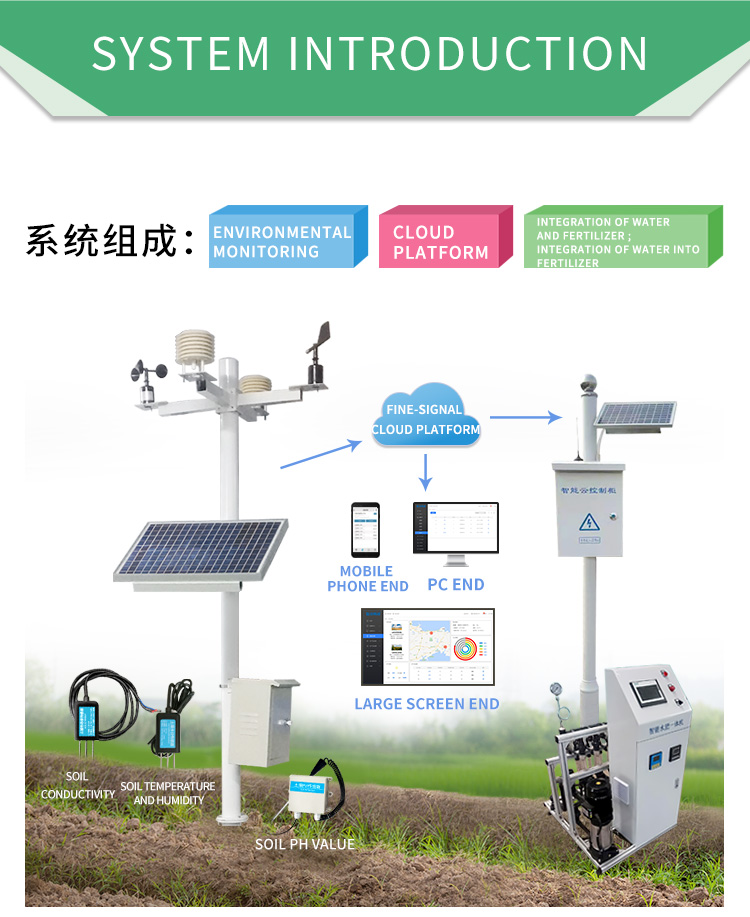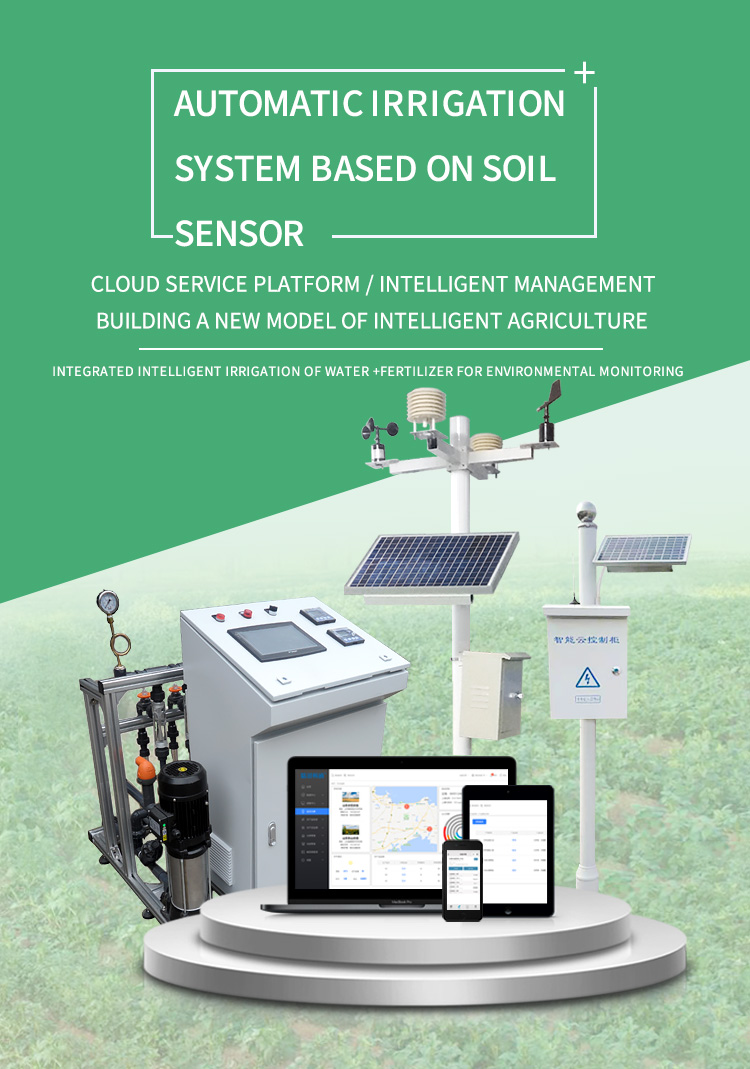Agriculture is undergoing a transformative revolution with the advent of advanced technologies. Among these, soil sensor technology has emerged as a powerful tool that is revolutionizing agriculture practices. By providing real-time data on soil conditions, soil sensors enable farmers to make informed decisions and optimize their farming practices. In this article, we will explore the potential and benefits of harnessing soil sensor technology in revolutionizing agriculture practices.

Understanding Soil Sensor Technology:
Soil sensors are electronic devices designed to measure various parameters of the soil, such as moisture content, temperature, pH level, and nutrient levels. These sensors can be deployed at different depths within the soil profile, allowing for accurate monitoring of soil conditions throughout the root zone. The data collected by soil sensors provides valuable insights into the health and fertility of the soil, enabling farmers to make precise and data-driven decisions regarding irrigation, fertilization, and crop management practices.
Real-Time Monitoring of Soil Moisture:
Soil moisture is a critical factor that directly impacts crop growth and productivity. Soil sensors equipped with moisture probes allow farmers to monitor the water content in the soil at different depths. By having real-time access to soil moisture data, farmers can optimize their irrigation practices and ensure that crops receive the optimal amount of water. This not only conserves water resources but also helps prevent issues such as over-irrigation or water stress, leading to improved crop health and increased productivity.
Precision Nutrient Management:
Optimal nutrient management is crucial for achieving high-yielding and healthy crops. Soil sensors play a vital role in precision nutrient management by providing accurate measurements of nutrients such as nitrogen, phosphorus, and potassium in the soil. With this information, farmers can apply fertilizers precisely where and when they are needed, avoiding excessive fertilization that can lead to nutrient runoff and environmental pollution. By implementing precision nutrient management strategies, farmers can maximize nutrient uptake by crops, minimize costs, and improve overall crop productivity.
Optimizing Soil pH and Temperature:
Soil pH and temperature are important factors that influence nutrient availability and microbial activity in the soil. Soil sensors equipped with pH and temperature probes enable continuous monitoring of these parameters. By maintaining optimal soil pH levels, farmers can create a favorable environment for nutrient absorption and microbial activity, leading to enhanced soil fertility and crop productivity. Monitoring soil temperature also helps farmers make informed decisions regarding planting times and crop selection, optimizing productivity and quality.
Early Detection of Soil-related Issues:
Soil sensors can detect and provide early warnings for various soil-related issues such as salinity, compaction, and erosion. These sensors can identify potential problems before they become visible to the naked eye, enabling farmers to take timely corrective actions. For example, if a soil sensor detects high salinity levels, farmers can adjust their irrigation practices or implement soil remediation techniques to mitigate the issue. This proactive approach to soil management helps prevent crop damage, improve yields, and reduce the need for costly and environmentally harmful interventions.
Data-driven Decision Making:
The data collected by soil sensors empowers farmers to make data-driven decisions regarding their farming practices. Analyzing historical sensor data allows farmers to identify trends and patterns in soil conditions, facilitating more accurate forecasting of crop needs. By integrating soil sensor data with other agricultural technologies, such as weather forecasts or satellite imagery, farmers can optimize their resource allocation, enhance pest management strategies, and improve overall farm management practices. This data-driven approach leads to increased efficiency, reduced waste, and improved overall productivity.
Promoting Sustainable Agriculture:
Harnessing soil sensor technology promotes sustainable agriculture practices. By optimizing irrigation, fertilization, and pest management practices, soil sensors help reduce resource wastage, minimize the use of agrochemicals, and decrease environmental impacts. Precision farming techniques made possible by soil sensors contribute to soil conservation, water conservation, and the preservation of biodiversity. By adopting soil sensor technology, farmers can embrace sustainable practices that ensure long-term productivity while preserving the environment for future generations.

Conclusion:
The harnessing of soil sensor technology is revolutionizing agriculture by providing farmers with real-time data on soil conditions. By utilizing this data, farmers can make informed dec







